Initial Investigation to Reduce Reversion in Blackberries
Rationale: Reversion, meaning the reddening of part or all of a blackberry fruit after harvest, has become a major problem for blackberry growers across the United States who can lose up to 25% of their total crop to this phenomenon. What makes the issue particularly vexing is that growers simply do not know if reversion will happen, and only end up finding out after all the effort and expense of harvesting and shipping that their reddened fruit is no longer attractive to the buyer and consequently rejected.
Investigations to date point to to either or both overheating of the blackberry fruit or injury during harvest. While several post-harvest techniques, graduated cooling for example, have shown much promise in reducing reversion, this study is instead focused on the steps the grower can take in the field to do the same.
This study studies several cultural practices that have been suggested or tested by others – in particular by Tasmanian blackberry reversion expert Max Edgely. Nitrogen management has shown to have an indirect influence to reversion, with higher rates being correlated with more reversion.
Additionally, as noted above, high ambient temperatures such as those found in the increasingly popular high tunnels point to a direct influence on fruit reversion. Since tunnels can have temperatures upwards of 20 degrees F higher than outside, the modification of their influence on temperature would merit closer investigation.
Objectives: The objectives of this study were twofold: first to investigate modifications of high tunnel culture by color and cover type to reduce heat accumulation and ultraviolet light penetration during blackberry fruiting and second, investigate reductions of nitrogen fertilizer application through the irrigation tape during fruiting. Both of these cultural practices were observed on their own and in combination.
Procedures:
To simultaneously test the effects of nitrogen fertilizer use and variations of tunnel management, three rates of nitrogen fertilizer were tested within 2 of the types of tunnel management and one rate of nitrogen, the grower standard rate, was maintained in tunnels covered with shade cloth. Plots were replicated four times, with nitrogen rates replicated in each tunnel replicate to gain adequate statistical testability within the large tunnels.
A commercial planting of the popular primocane blackberry variety PrimeArk 45, which is widely planted on the Central Coast in California and known to experience fruit reversion especially during the warmer temperatures of the late summer was used for in this study.
Evaluation of Tunnel Management: Three types of tunnel management were used to test variations of temperature around the ripening fruit.
Two attempts are made in the study to lower tunnel temperatures, with one treatment having a shadecloth covered placed over the regular plastic at the onset of fruiting and the other having a blue plastic used instead of the regular clear plastic. Each tunnel replicate had its temperatures monitored with the placement of Hobo temperature loggers at chest height in the middle row of each tunnel, approximately 50 feet in from the entrance.
Evaluation of nitrogen use: With the hypothesis that lower applied nitrogen results in lower reversion of fruit, nitrogen use represented the grower standard use and two variations, one with no nitrogen applied and the other approximately half of the grower standard.
In the week of August 5, valves were placed on rows of blackberries which were designated to have a reduction in applied nitrogen use. One set of valves was to be closed for all nitrogen application, and the other set alternated open and close so as to obtain a proximate reduction by half of applied nitrogen. Rows designated as grower standard had no valves and subsequently no reductions in nitrogen.
Net amounts of nitrogen used during the period from valve placement (week of August 5) to the end of harvest was 13.25 lbs in the grower standard, 5.25 pounds in the ½ grower standard and 0 pounds in the 0 grower standard.
See table 1 below for a summary of treatments:
Table 1: Tunnel and nitrogen treatments (GS = grower standard)
|
Treatment 1 |
Treatment 2 |
Notes |
|
Regular tunnel |
0 nitrogen |
Standard clear tunnel plastic |
|
½ GS nitrogen |
||
|
GS nitrogen |
||
|
Tunnel + shadecloth |
GS nitrogen |
Shadecloth placed at the onset of fruit maturation in late August.
|
|
Tunnel + blue plastic |
0 nitrogen |
Blue tinted commercial tunnel plastic |
|
½ GS nitrogen |
||
|
GS nitrogen |
Timetable:
|
Event |
Time of Action |
|
Plot set up (plot marking, placement of temperature loggers) |
July, 2019 |
|
Initial modification of nitrogen application |
First green fruit, week of August 5, 2019 |
|
Initial modification of tunnel – shadecloth placement. |
First mature fruit, August 2019 |
|
Continual modification of nitrogen application |
Week of Aug 5 – Oct, 2019 |
|
Harvest of marketable fruit and fruit samples for reversion testing in the cooler. |
September, 2019 |
Evaluation of Effects on Fruit Volume and Reversion:
Beginning on Sept 2, fruit was collected from plots of 5 feet long in each tunnel x nitrogen replicate making a total of 28 plots harvested in the course of the study. Fruit once picked was weighed, counted and then transported to a commercial cooler for storage overnight at 35 degrees F in a standard clamshell crate arrangement. Collection on 9/2 began at 930 am, 10 am on 9/6, 930 am on 9/12, 10 am on 9/17, 1145 am on 9/19 and 1030 am on 9/24. Each collection took approximately 2 hours. Once removed from the cooler, fruit was held for a short time (approximately one hour) at room temperature and then evaluated for color reversion. Evaluation consisted of sorting fruit into three categories: black, slightly red and red (Photo 2 below).
Results:
Presentation of each date and separation by each category
Table 1: Percent blackberry fruit not reverted to red after one day in cooler by date.
|
|
9/2/2019 |
9/6/2019 |
9/12/2019 |
9/17/2019 |
9/19/2019 |
9/24/2019 |
|
Blue plastic 0 N |
67.03 a |
59. 13 a |
52.29 a |
48.99 a |
69.51 a |
53.8 a |
|
Blue plastic ½ N |
65.22 a |
48.48 ab |
34.58 a |
57.9 a |
64.8 a |
52.01 a |
|
Blue plastic 1 N |
65.87 a |
40.38 abc |
57.77 a |
44.71 a |
63.24 a |
24.76 a |
|
Clear plastic 0 N |
65.48 a |
21.03 c |
48.27 a |
71.58 a |
28.16 bc |
44.03 a |
|
Clear plastic ½ N |
76.76 a |
42.52 abc |
54.19 a |
73.66 a |
30.36 bc |
47.67 a |
|
Clear plastic 1 N |
73.13 a |
19.87 c |
56.54 a |
52.4 a |
55.86 a |
56.62 a |
|
Shaded plastic 1 N |
51.35 a |
31.29 bc |
76.08 a |
71.82 a |
51.71 a |
68.35 a |
Means followed by the same letter do not significantly differ (P=0.05, LSD)
Table 2: Weight of harvested blackberry in grams fruit by date.
|
|
9/2/2019 |
9/6/2019 |
9/12/2019 |
9/17/2019 |
9/19/2019 |
9/24/2019 |
|
Blue plastic 0 N |
150.5 a |
137.8 a |
118.2 a |
154.6 a |
113.2 a |
156.5 a |
|
Blue plastic ½ N |
139.0 a |
151.2 a |
121.8 a |
196.0 a |
125.1 a |
201.5 a |
|
Blue plastic 1 N |
129.5 a |
121.1 a |
96.1 a |
147.0 a |
100.5 a |
146.8 a |
|
Clear plastic 0 N |
148.3 a |
149.6 a |
131.2 a |
253.8 a |
107.8 a |
269.0 a |
|
Clear plastic ½ N |
160.3 a |
198.6 a |
91.7 a |
269.4 a |
85.7 a |
165.8 a |
|
Clear plastic 1 N |
136.0 a |
157.8 a |
104.0 a |
184.4 a |
179.0 a |
175.5 a |
|
Shaded plastic 1 N |
184.8 a |
214.6 a |
95.6 a |
313.9 a |
112.3 a |
171.5 a |
Means followed by the same letter do not significantly differ (P=0.05, LSD)
Results and Discussion:
Reduction of nitrogen use did not result in any significant reduction in fruit reversion. This is perhaps unsurprising, since the grower in this study adhered to standard practice of dramatically reducing nitrogen use during fruiting, thus creating very little variation in the absolute amounts of nitrogen applied.
The use of blue plastic for the tunnel resulted in significantly higher amount of blackberry fruit retained as black than several other treatments on 9/6, and then again significantly higher than two of the clear plastic treatments on 9/19. No differences were observed on other dates.
Interestingly, these two dates on which significant reductions in reverted fruit in the blue plastic tunnels were realized were not the hottest dates of the study, which perhaps points to a different source of this issue. What's more, temperatures in the blue plastic tunnels were actually hotter than in others, suggesting another cause to fruit reversion, very likely being ultraviolet radiation, the intensity of which can be modified by not only the color of the plastic but also relative humidity. This is something very much begging for investigation in the years to come.
In this study, there were no differences in weights of harvested fruit in any of the treatments, signifying that any of the treatments used here, be they contractions of nitrogen use or tunnel plastic modification, will not result in any reductions of fruit yield.
I sincerely thank Valerie Perez, our Climate Smart Agriculture Specialist for selflessly committing many hours of her time to help me with this trial, the grower John Navarro and CalGiant for their collaboration and great help in doing this study!
Final acknowledgments to the North American Raspberry and Blackberry Association, who gave me the impetus to run the study.
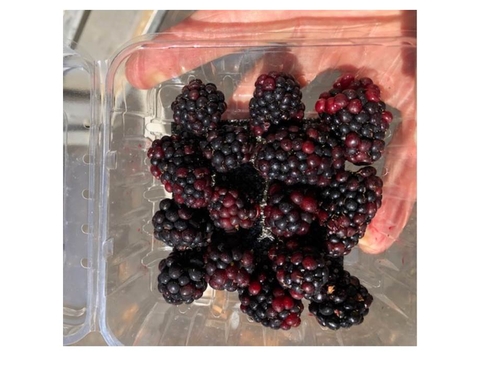
Photo 1: The problem: heavily reddened blackberry fruit after 24 hours of cooling.
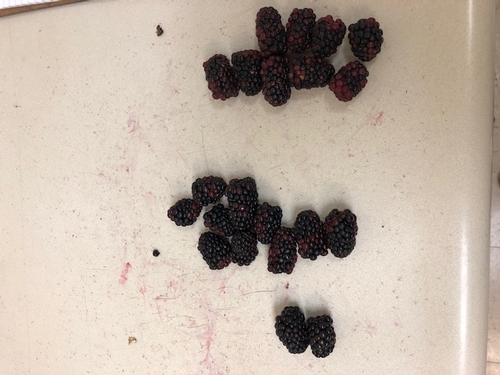
Photo 2: Sorting of fruit after 24 hours of cooling; bottom two fruit qualify as black, top two sets are graded as reverted and red.
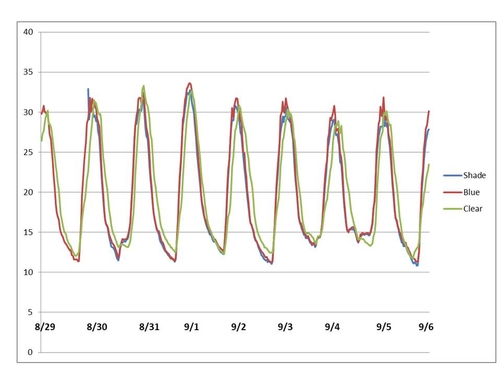
Figure 1: Temperatures from 8-29 to 9-6.. Note that measurement of temperature began at approximately noon on August 29, 2019 and peaks are realized around 2 pm every day, temperatures measured in degrees Celsius.
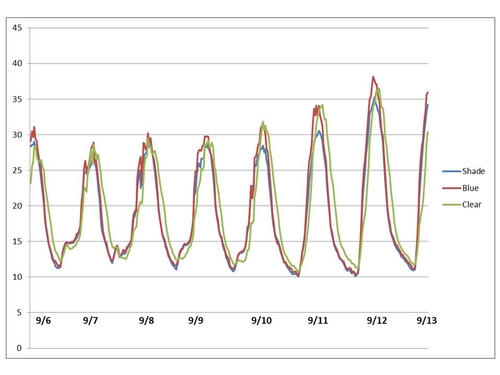
Figure 2: Temperatures from 9-6 to 9-13.
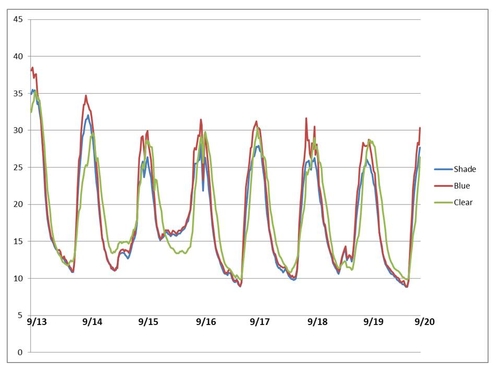
Figure 3: Temperatures from 9-13 to 9-20.
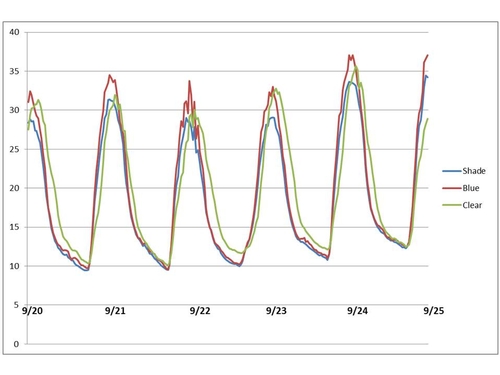
Figure 4: Temperatures from 9-20 to 9-25.

